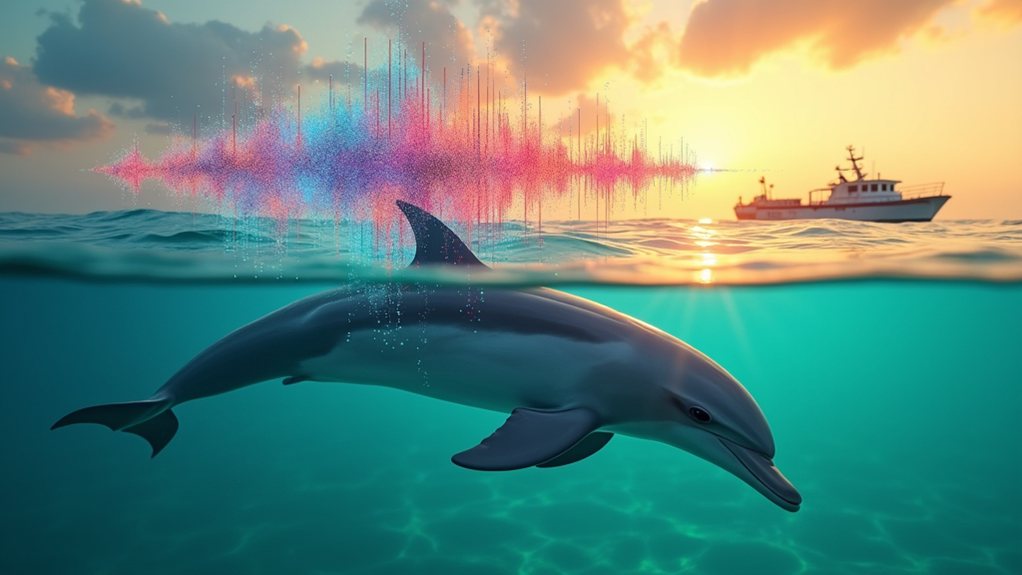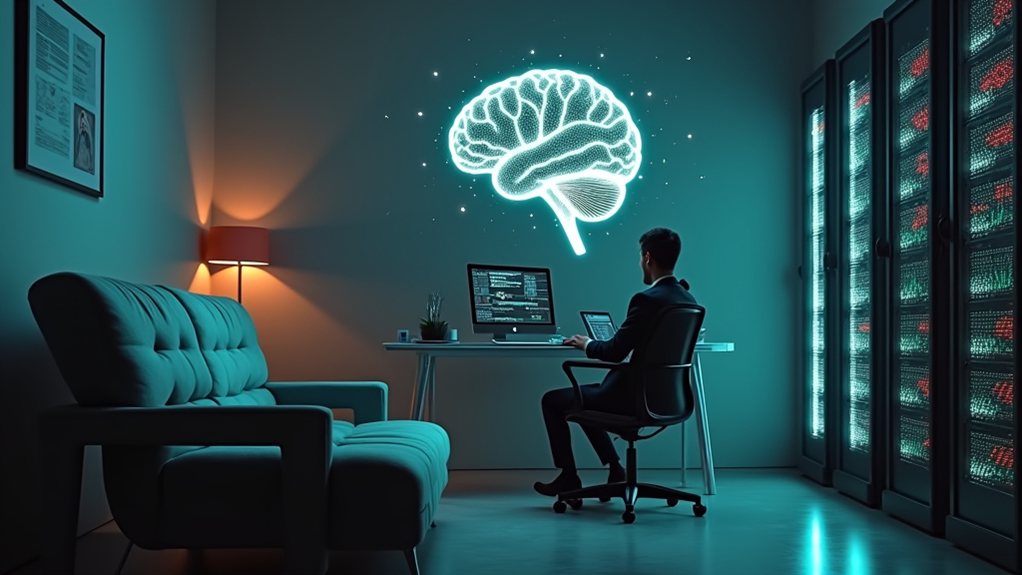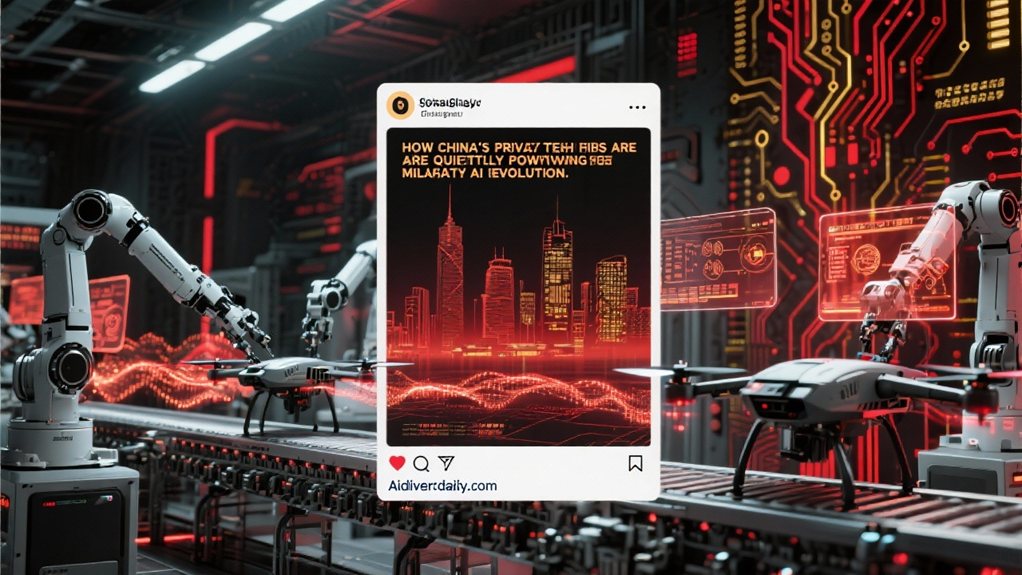Cracking the Animal Communication Code
From barks to clicks, grunts to song—animal communication has long remained a mystery to humans. But that’s changing. Fast. Researchers are now deploying machine learning to crack animal language codes by analyzing massive datasets of vocalizations and behaviors. It’s not science fiction anymore.
Large Language Models, those same AI systems powering your chatbots, are being repurposed to tokenize dolphin whistles and whale songs. They map these unknown animal “words” into geometric language spaces. Pretty wild, right? These models fundamentally transform dolphin-speak into something our human brains might eventually understand.
AI is turning animal sounds into language—mapping whistles and clicks into spaces where human understanding becomes possible
Google’s DolphinGemma is leading the charge, not just analyzing dolphin audio but actually generating responsive sounds. Meanwhile, the Earth Species Project and Project CETI are going all-in on cetacean research. The Wild Dolphin Project is collecting real-world data. Turns out dolphins might have a lot to say. Who knew?
The tech behind all this is getting smarter too. Smart sensors with edge computing now allow researchers to monitor animals long-term without constantly changing batteries or retrieving data. These devices filter out environmental noise—crucial when you’re trying to hear a dolphin over crashing waves.
The algorithms then process these sounds into tokens, like breaking a foreign language into words. This isn’t just academic curiosity. The potential impact on wildlife conservation is enormous. Imagine actually understanding if endangered species are stressed by human activity instead of just guessing.
We could design better conservation strategies, reduce conflicts, and maybe—just maybe—communicate back. For farmers, the applications are equally impressive. Tools like DeepSqueak have revolutionized our understanding by categorizing vocalizations for better emotional interpretation. Cow feeling sick? Your AI translator might tell you before visible symptoms appear. Pigs uncomfortable with their housing conditions? They could literally tell us what’s wrong.
Of course, we’re not having philosophical debates with dolphins yet. Early research faces huge challenges, particularly the sensory and contextual differences between species. Dolphins experience the world through echolocation. We don’t. Kind of a translation problem there.
But the trajectory is clear. As AI tools become more affordable and accessible, the gap between human and animal communication narrows. Researchers are expanding beyond cetaceans to study multimodal communication in terrestrial mammals, birds, and even insects. Not today, not tomorrow, but soon enough we might finally understand what animals have been trying to tell us all along.









